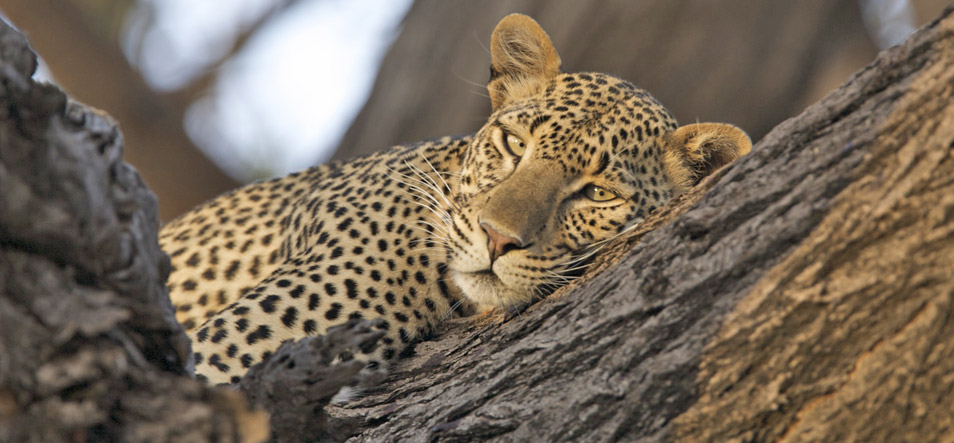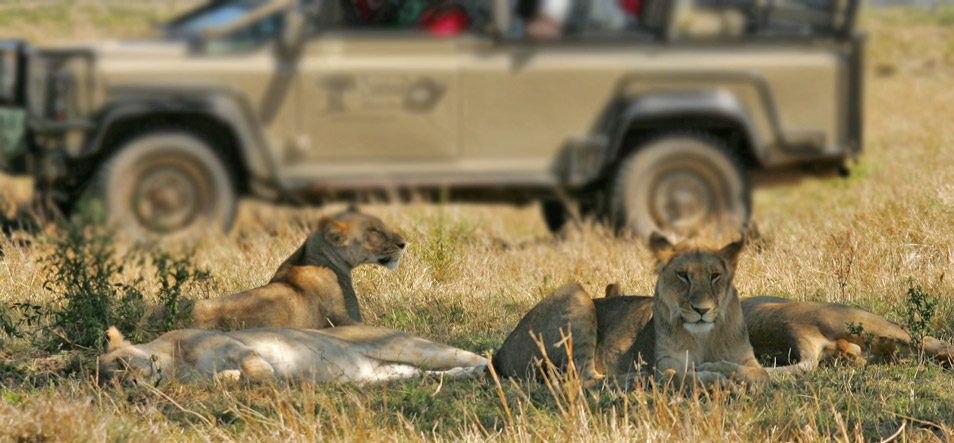About Kenya
Karibu Kenya - Welcome to Kenya
Kenya is high on many safari seekers’ list and its not hard to understand why. “Safari means “journey” in Swahili and it is in Kenya that the safari began and continues to flourish. This remarkable country has some of the most dramatic game viewing in Africa, including the famous legendary plains of the Masai Mara with wall-to-wall game and migration of a million wildebeest; there is the fabled African tribe, the tall, red-robed Masai; there is the iconic snow-capped peak of Mount Kilimanjaro, and the great game reserve of Amboseli, and Tsavo, with the Laikipia Plateau in the north fast becoming one of Kenya’s hottest game destinations.... see more
Kenya
World's only national park in the city
Africa's Greatest wildlife Reserve
The Pink Heart of Africa














































